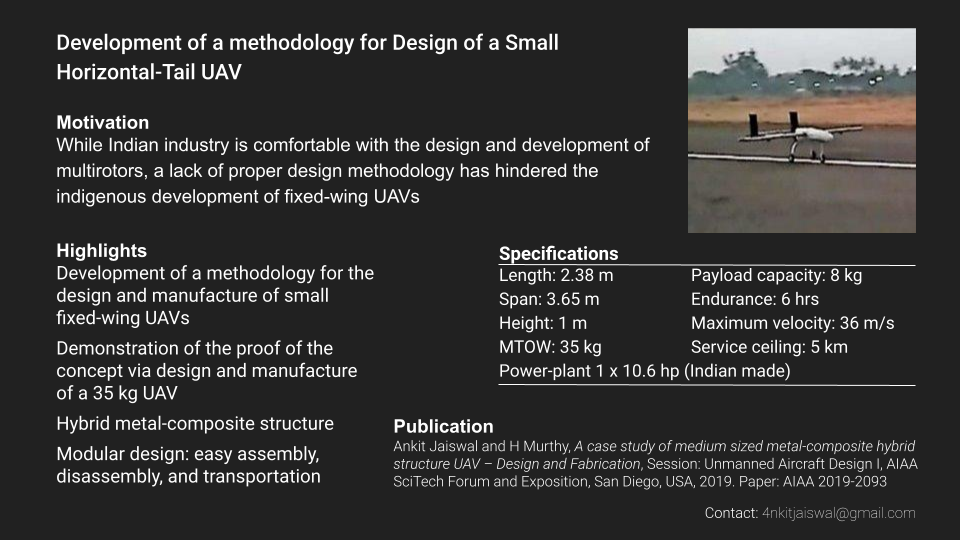
29 March 2023
Unmanned Aerial Vehicles (UAVs) have moved from the phase of ‘on paper’ applications to real-world applications.
In the early days of computers, people bought computers to use specific programs that came installed with the computer. Such software were called killer apps. Computers got sold for want of the killer apps.
UAVs are currently in that phase. UAV companies are selling their vehicles by advertising the specific application that their UAV is best at performing: for DJI, the killer app is drone photography; for Skydio, it is inspection, mapping, and survey; for Yamaha, it is precision agriculture; for many other companies, it is package delivery.
One of the recent applications of UAVs is in weather monitoring. In a previous post, I mentioned that one of the thrust areas of the Geophysical Flows Lab is using UAVs for field measurements. UAVs can acquire data with temporal and spatial resolutions that are missing in the data obtained using the current measurement systems.
Realizing the potential of the UAV market, the Indian government has started promoting the UAV industry and training personnel for this industry in various ways. Much before that, UAV startups emerged in India. Today, there are umpteen startups in India dealing with multirotors. However, there are only a few designing and manufacturing fixed-wing UAVs.
One of the main reasons for the scarcity of companies manufacturing fixed-wing UAVs is the absence of an established methodology for the design of small UAVs. The aerodynamic design of small UAVs (5kg to 50kg class) is not much different from that of a general aviation airplane. However, the structural design is different. There are no reliable procedures or guidelines, from the material to be used for airplanes of this scale, to the requirement for a modular design (for easy transportation and handling).
That is where the contribution of Ankit's MS thesis lies. Ankit gives a methodology for the design – both aerodynamic as well as structural – of small UAVs through a concrete example of designing a 35kg fixed-wing airplane. The design methodology proposed in the thesis puts great emphasis on modular design and ease of manufacturing.
The salient features of the thesis are summarised in the following graphical abstract.
